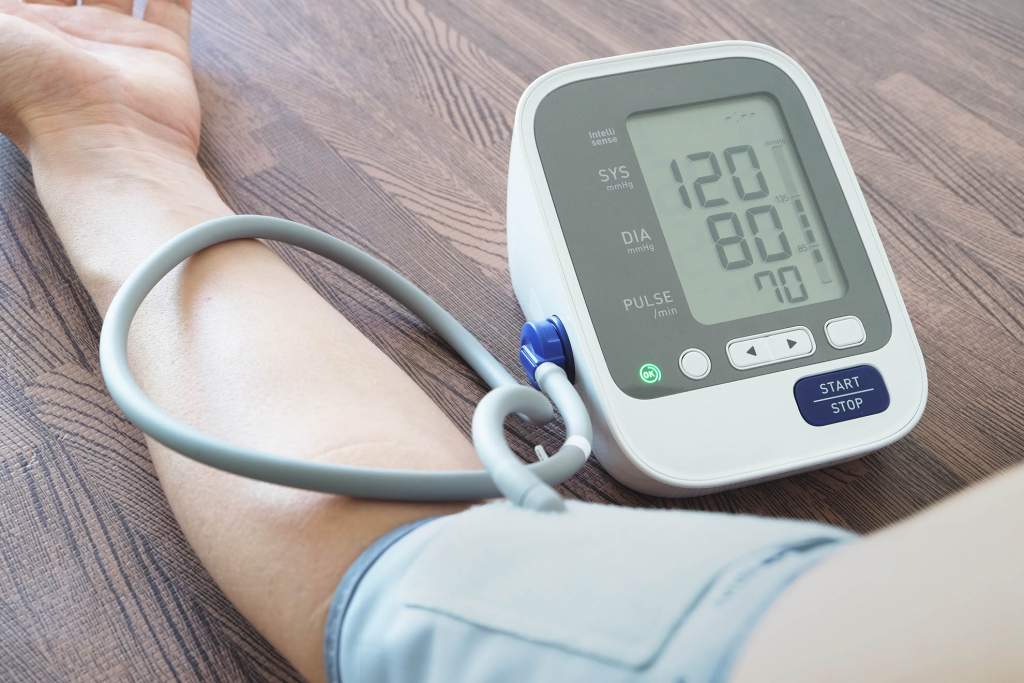Blood pressure is measured using a device that fits over the arm, and it consists of two numbers. The first number is called systolic blood pressure and the second is diastolic blood pressure. Blood pressure is measured in millimeters of mercury, or mm/Hg. According to the American Heart Association, systolic blood pressure is a measure of how much force the heart uses to pump blood and diastolic blood pressure measures the resistance of the flow of blood through the body’s blood vessels.
High Systolic Reading
According to the National Heart, Lung and Blood Institute, high systolic blood pressure is diagnosed if more than two readings of 140 mm/Hg or higher are measured during medical exams, and may be considered dangerous if greater than 160 mm/Hg.
High Diastolic Reading
Diastolic blood pressure is considered to be high if it is greater than 80 mm/Hg and may be considered dangerous if measured at 100 mm/Hg or higher.
Low Blood Pressure
According to the Mayo Clinic, blood pressure readings that are below 100/70 mm/Hg are too low for the body to receive enough blood and can result in unconsciousness, shock and heart failure.
Features
According to the Mayo Clinic, high blood pressure is more common in Americans over the age of 18 than low blood pressure, and low blood pressure is only considered to be dangerous if it causes symptoms such as fainting.
No Symptoms
According to the Mayo Clinic, the majority of people with dangerous blood pressure readings will not have any symptoms, and people can have high blood pressure for several years and not realize it.
